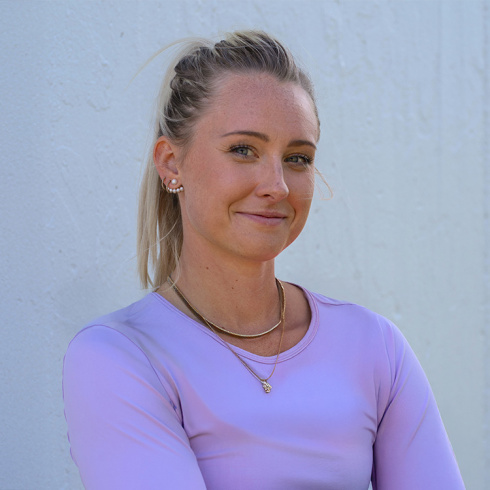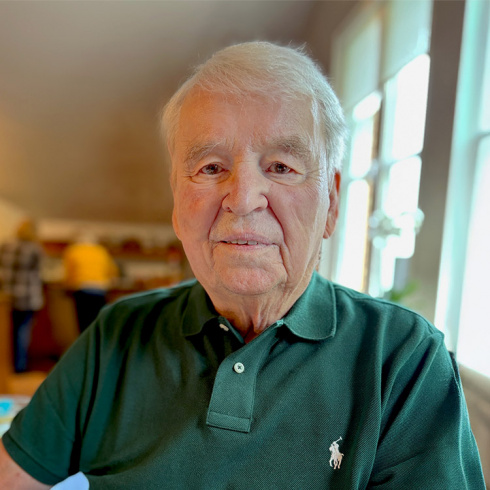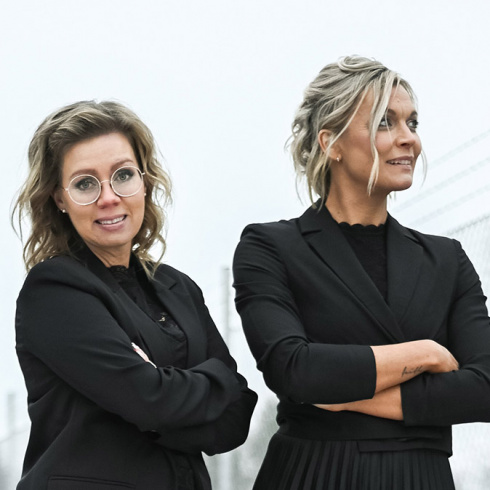Towards smarter water habits
Innovator: Ramtin Massoumzadeh
Innovation: App-controlled water meter
How much water does your home use? And would you notice a small leak before it turns into a renovation project? Ramtin Massoumzadeh set out to make the answer simple. Together with co-founders Thibault Helle and Olle Henning, he developed Water Grip in 2017 — an external ultrasonic meter that makes invisible litres visible and detects small leaks before they become big ones.
Technology that makes water readable
During their studies at KTH Royal Institute of Technology, the campus became more of a workshop than a school for the founding trio. In the university’s machine hall, they taught other students manufacturing techniques such as water-jet cutting and 3D printing, while also taking on consulting projects in electronics and programming. Alongside lectures, they built their own prototypes — and water quickly became the main focus.
On the whiteboard, they first sketched a connected shower with custom temperature profiles and visualised water consumption. The reality — with complex wiring and hard-to-justify development costs — forced a rethink. Looking back at the board, a simpler truth emerged: we have almost no insight into how water actually behaves in our homes. And the barrier is high — traditional water meters require plumbers, and industrial ultrasonic solutions are both expensive and difficult to install. The result was Water Grip — the first product and the starting point for the company Quandify.
The external ultrasonic meter clips easily onto the water pipe and makes your home’s water system readable directly in the app — showing flow, temperature, and early warning signals in case of leaks or abnormal patterns. The first version launched in 2019, and since then the solution has been refined in the hands of real users. Today, Water Grip is the flagship product in Quandify’s portfolio of solutions for making water use understandable and traceable.
From pipe to insight
To measure flow, the sensor sends two ultrasonic pulses in opposite directions through the pipe. Imagine swimming with and against the current: downstream is faster, upstream is slower. The difference in travel time is proportional to the speed of the water and forms the basis for flow measurement. At the same time, temperature is logged, and algorithms in the software look for anomalies that indicate leaks.
For the user, the experience is deliberately simple — the app presents clear views of temperature and consumption. Over time, a history builds that makes it easy to compare usage across days, identify recurring patterns, and — most importantly — detect small issues before they grow large.
“The challenge has always been the entire ecosystem: syncing sensors, signal processing, app, cloud, and alerts — a huge amount of maths and physics packaged into something that just works.”
When water becomes readable, everyday life changes: decisions get easier and risks become visible in time. And there are major benefits to reviewing your water consumption. When every litre becomes visible, it’s easier to spot patterns and optimise usage. This saves not only money but also energy and emissions, since hot water is often one of a household’s largest climate contributors.
But the benefits don’t stop at the environment: water damage is the most common insurance claim in Swedish homes — about ten times more common than fire damage — which demands quick detection and reliable alerts. In this way, the risk that small leaks grow into major restoration projects is reduced, benefiting the wallet, the home, and the climate.
“Water flows through a house like a small ecosystem we rarely think about. Water Grip translates it into a language we understand.”
Engineering precision that moves us forward
Today, the solution is patented and award-winning in innovation circles — proof that robust technology, design, and everyday usefulness can come together in a single product.
Ramtin has received widespread recognition — named both Pioneer of the Year and Newcomer of the Year — and has also been featured on the prestigious Forbes ‘30 Under 30’ list. The same ambition is evident in production: Water Grip is manufactured in Sweden, with production close to development to ensure quality, traceability, and responsibility.
The road ahead is about reaching a wider audience and raising awareness. Even the company’s hometown of Stockholm has experienced water shortages — and infrastructure is outdated across the country. Knowing what flows through your pipes, here and now, is a first tangible step towards both lower risk and smarter water habits. Because water always flows somewhere — with Water Grip, you know where.
Tips for other innovators
Customer first — ideas are valuable, but it’s the customer’s own problems and needs that reveal what’s truly worth building.Start before you feel ready — write down your ideas and get going. It’s in forward motion that the journey begins. A plan executed always beats an idea untested.
Build together — alone, the steps are heavy, but with the right people around you, the path becomes both easier and more enjoyable.
How much water does your home use? And would you notice a small leak before it turns into a renovation project? Ramtin Massoumzadeh set out to make the answer simple. Together with co-founders Thibault Helle and Olle Henning, he developed Water Grip in 2017 — an external ultrasonic meter that makes invisible litres visible and detects small leaks before they become big ones.
Technology that makes water readable
During their studies at KTH Royal Institute of Technology, the campus became more of a workshop than a school for the founding trio. In the university’s machine hall, they taught other students manufacturing techniques such as water-jet cutting and 3D printing, while also taking on consulting projects in electronics and programming. Alongside lectures, they built their own prototypes — and water quickly became the main focus.
On the whiteboard, they first sketched a connected shower with custom temperature profiles and visualised water consumption. The reality — with complex wiring and hard-to-justify development costs — forced a rethink. Looking back at the board, a simpler truth emerged: we have almost no insight into how water actually behaves in our homes. And the barrier is high — traditional water meters require plumbers, and industrial ultrasonic solutions are both expensive and difficult to install. The result was Water Grip — the first product and the starting point for the company Quandify.
The external ultrasonic meter clips easily onto the water pipe and makes your home’s water system readable directly in the app — showing flow, temperature, and early warning signals in case of leaks or abnormal patterns. The first version launched in 2019, and since then the solution has been refined in the hands of real users. Today, Water Grip is the flagship product in Quandify’s portfolio of solutions for making water use understandable and traceable.
From pipe to insight
To measure flow, the sensor sends two ultrasonic pulses in opposite directions through the pipe. Imagine swimming with and against the current: downstream is faster, upstream is slower. The difference in travel time is proportional to the speed of the water and forms the basis for flow measurement. At the same time, temperature is logged, and algorithms in the software look for anomalies that indicate leaks.
For the user, the experience is deliberately simple — the app presents clear views of temperature and consumption. Over time, a history builds that makes it easy to compare usage across days, identify recurring patterns, and — most importantly — detect small issues before they grow large.
“The challenge has always been the entire ecosystem: syncing sensors, signal processing, app, cloud, and alerts — a huge amount of maths and physics packaged into something that just works.”
When water becomes readable, everyday life changes: decisions get easier and risks become visible in time. And there are major benefits to reviewing your water consumption. When every litre becomes visible, it’s easier to spot patterns and optimise usage. This saves not only money but also energy and emissions, since hot water is often one of a household’s largest climate contributors.
But the benefits don’t stop at the environment: water damage is the most common insurance claim in Swedish homes — about ten times more common than fire damage — which demands quick detection and reliable alerts. In this way, the risk that small leaks grow into major restoration projects is reduced, benefiting the wallet, the home, and the climate.
“Water flows through a house like a small ecosystem we rarely think about. Water Grip translates it into a language we understand.”
Engineering precision that moves us forward
Today, the solution is patented and award-winning in innovation circles — proof that robust technology, design, and everyday usefulness can come together in a single product.
Ramtin has received widespread recognition — named both Pioneer of the Year and Newcomer of the Year — and has also been featured on the prestigious Forbes ‘30 Under 30’ list. The same ambition is evident in production: Water Grip is manufactured in Sweden, with production close to development to ensure quality, traceability, and responsibility.
The road ahead is about reaching a wider audience and raising awareness. Even the company’s hometown of Stockholm has experienced water shortages — and infrastructure is outdated across the country. Knowing what flows through your pipes, here and now, is a first tangible step towards both lower risk and smarter water habits. Because water always flows somewhere — with Water Grip, you know where.
Tips for other innovators
Customer first — ideas are valuable, but it’s the customer’s own problems and needs that reveal what’s truly worth building.Start before you feel ready — write down your ideas and get going. It’s in forward motion that the journey begins. A plan executed always beats an idea untested.
Build together — alone, the steps are heavy, but with the right people around you, the path becomes both easier and more enjoyable.
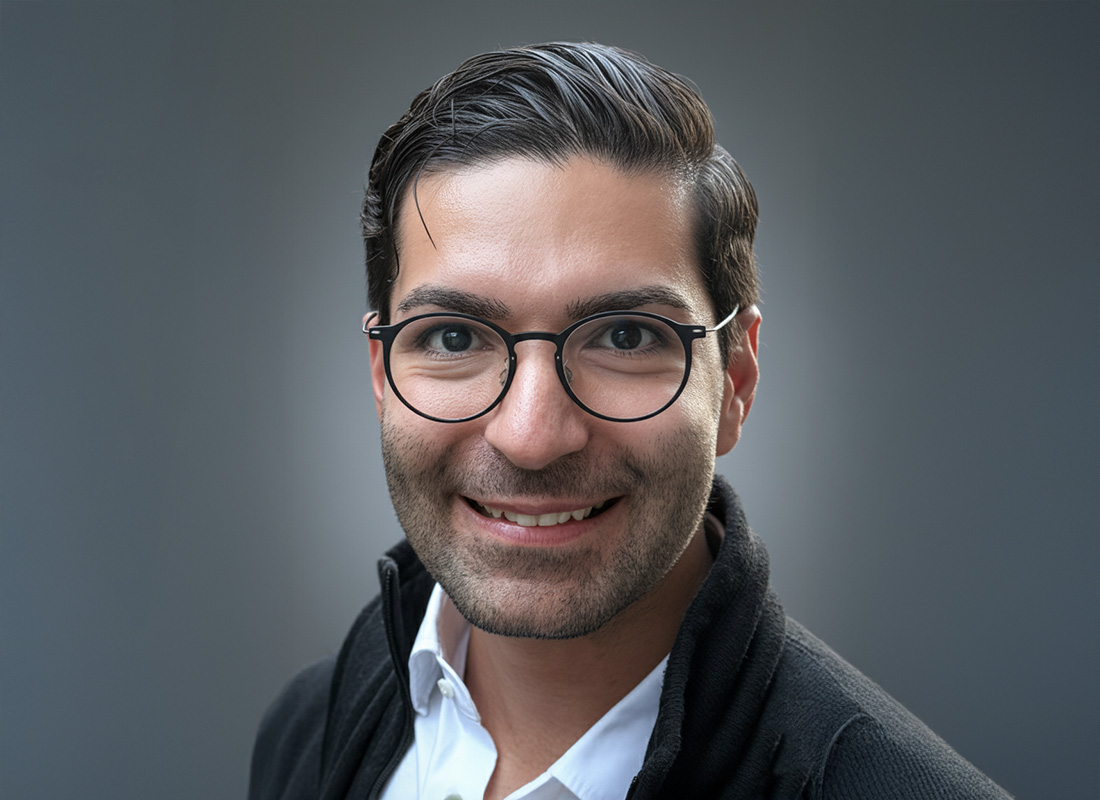
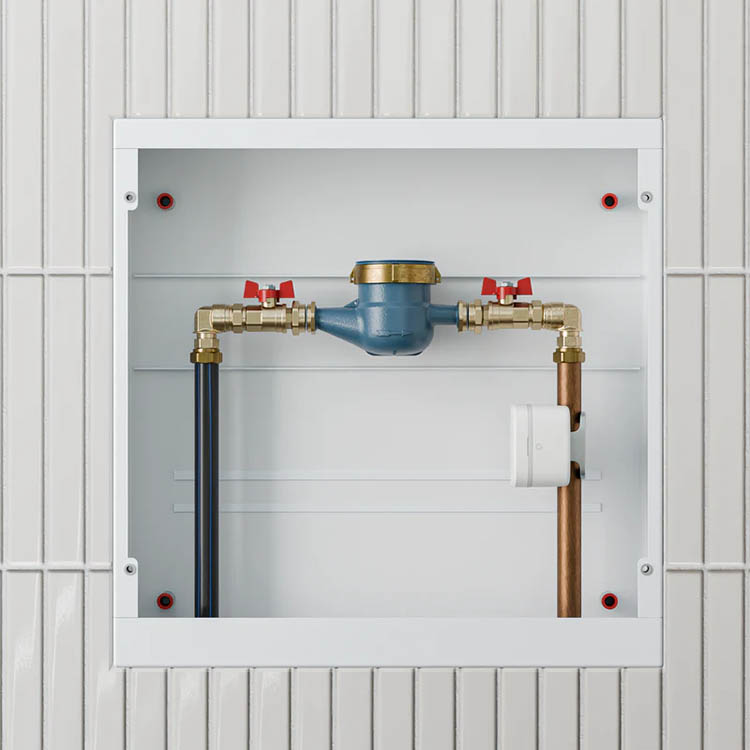
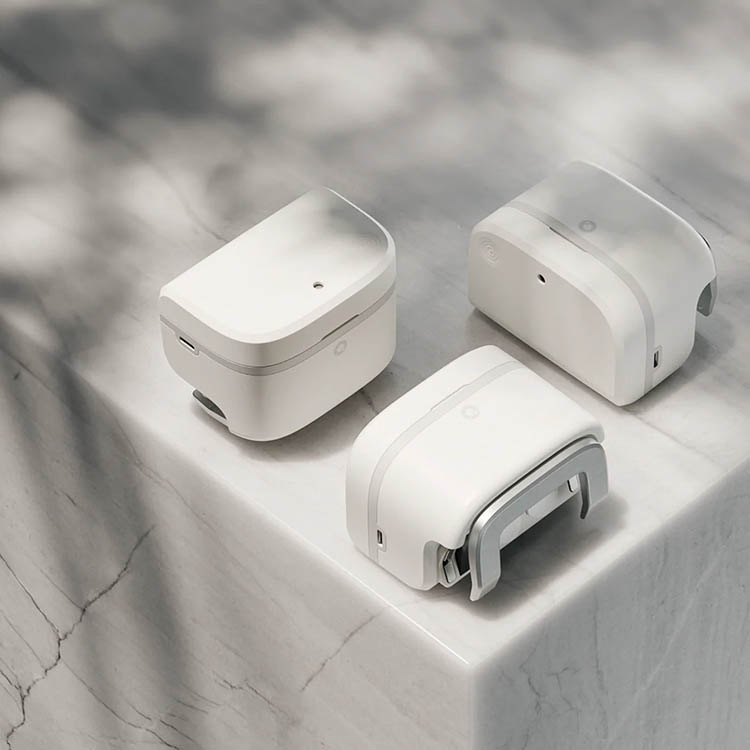
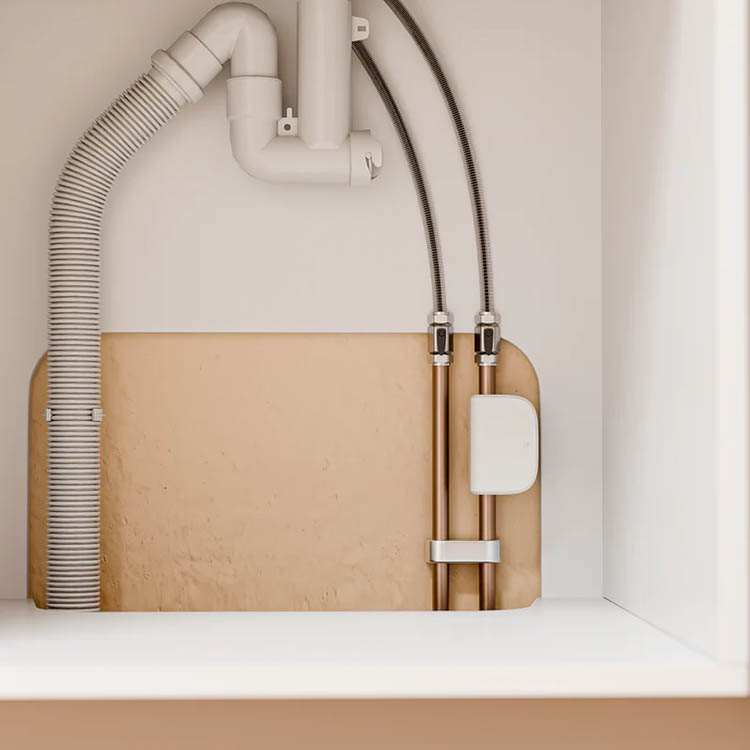


-kopiera_750.jpg)



